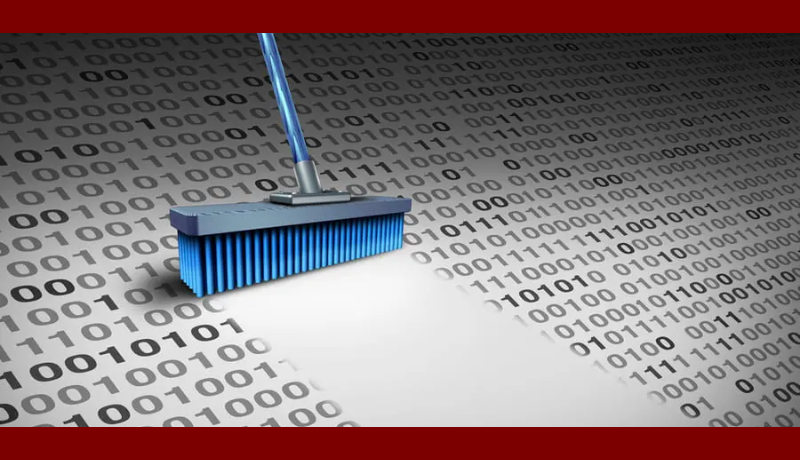
Nozomi Networks Labs’ latest OT/IoT security report finds wiper malware, IoT botnet activity, and the Russia/Ukraine war impacted the threat landscape in the first half of 2022.

“This year’s cyber threat landscape is complex,” said Roya Gordon, Nozomi Networks OT/IoT Security Research Evangelist. “Many factors including increasing numbers of connected devices, the sophistication of malicious actors, and shifts in attack motivations are increasing the risk for a breach or cyber-physical attack. Fortunately, security defenses are evolving too. Solutions are available now to give critical infrastructure organizations the network visibility, dynamic threat detection, and actionable intelligence they need to minimize risk and maximize resilience.”
Since Russia’s invasion of Ukraine began in February 2022, Nozomi Networks Labs researchers have observed activity from a variety of threat actors, including hacktivists, nation-state APTs, and cybercriminals. They also observed the widespread use of wiper malware and the emergence of an Industroyer variant, dubbed Industroyer2, designed to exploit the IEC-104 protocol, which is commonly used in industrial settings.
Furthermore, malicious IoT botnet activity was on the rise and becoming more sophisticated in the first half of 2022. Nozomi Networks Labs deployed a series of honeypots to attract these malicious botnets and capture their activity in order to gain a better understanding of how threat actors target IoT. Analysts from Nozomi Networks Labs discovered growing security concerns for both hard-coded passwords and internet interfaces for end-user credentials in this study. Nozomi Networks honeypots discovered the following between January and June 2022:
Manufacturing and energy remain the most vulnerable industries in terms of vulnerability, followed by healthcare and commercial facilities. In the first half of 2022:
The “OT/IoT Security Report” from Nozomi Networks provides security professionals with the most recent insights needed to re-evaluate risk models and security initiatives, as well as actionable recommendations for securing critical infrastructure. This most recent report includes: